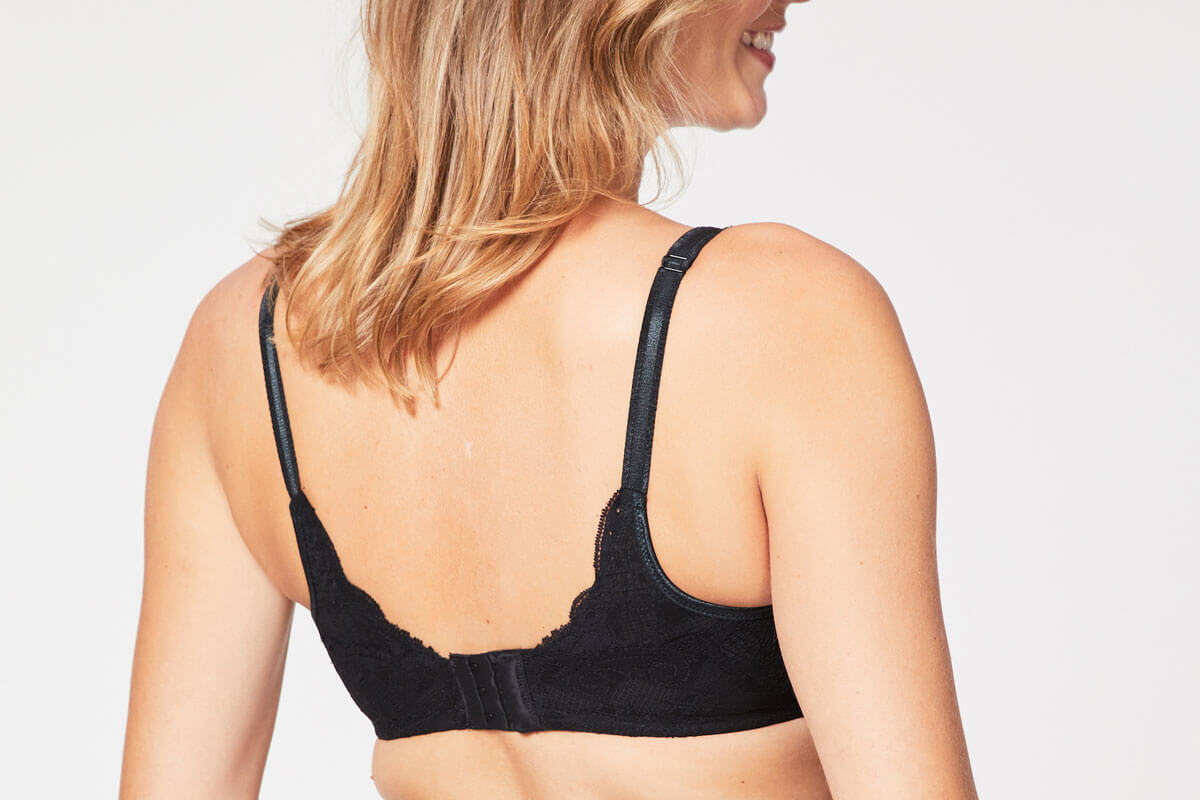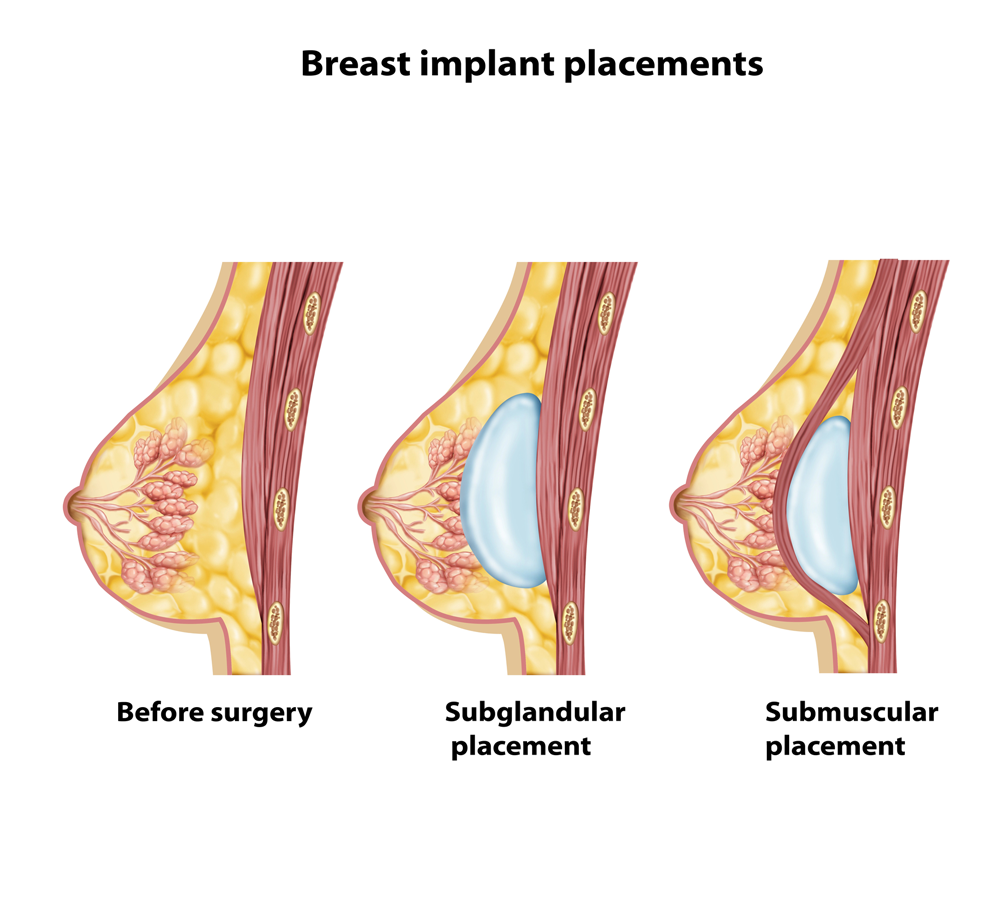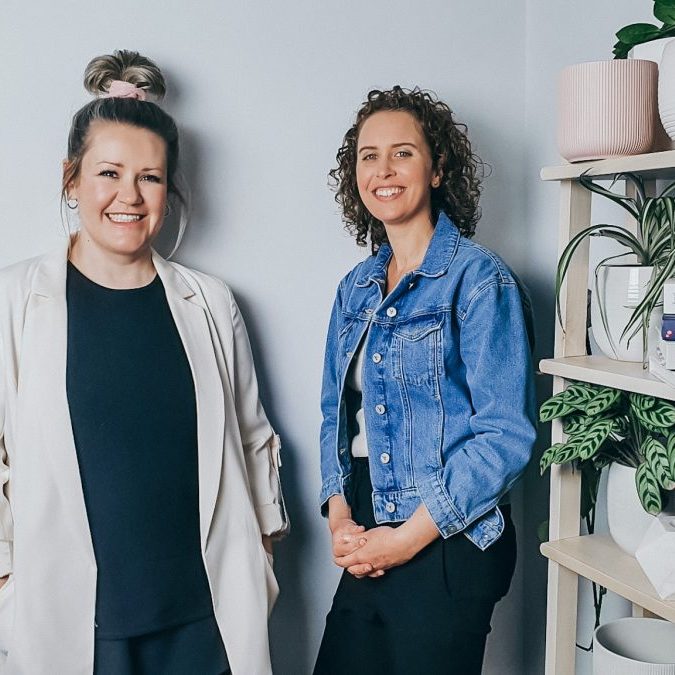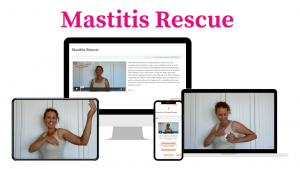"Is it my implants?"
How Breast Implants Can Increase Pressure on Breast Tissue
Breast implants, whether they’re placed behind the muscle (submuscular) or in front of the muscle (subglandular), add extra volume to the breast. This additional bulk can potentially compress the milk ducts and mammary glands within the breast tissue. When these ducts and glands experience prolonged pressure, milk may not flow as freely through the ducts, leading to blockages.
These blockages, in turn, can cause discomfort and may lead to complications like mastitis if left untreated. Mastitis is an inflammation of the breast tissue that can occur when milk gets trapped in a blocked duct, potentially resulting in infection. It can be very painful and is often accompanied by flu-like symptoms, such as fever and chills.
Many women and even some surgeons may not initially realize the potential for this increased pressure to cause problems. Surgeons often focus on ensuring that the implant surgery itself doesn't interfere with the nipple or directly impact the mammary glands. Since the incisions are typically made in areas like the crease under the breast or around the areola, the surgeon may believe that avoiding direct interference with the glands means the surgery won’t affect breastfeeding. However, what’s often overlooked is the cumulative effect that the overall increase in breast volume can have on the tissue.
The Role of Compression from Implants & Tight Bras
The risk of blocked ducts and mastitis isn’t just due to the implant itself but is more related to the ongoing pressure that implants place on the breast. To understand this better, think of the effect that wearing a too-tight bra can have on your breast tissue. When a bra is too tight, it compresses the front of the breast, restricting circulation and putting undue pressure on the milk ducts. This can lead to issues like engorgement or blocked ducts, especially if you’re breastfeeding.
In a similar way, a breast implant can exert pressure on the breast tissue from the back. Essentially, your breast can feel "sandwiched" between the implant behind the breast tissue and a tight bra in front, leading to a constant state of compression. This can reduce the space available for your natural breast tissue to expand and contract as needed—especially during periods of milk production or hormonal changes.
Even for women who aren't breastfeeding, this pressure can still cause discomfort, inflammation, and swelling, particularly if your breasts are naturally sensitive to changes during menstrual cycles or pregnancy. With less room for the milk ducts to expand due to the implant, the risk of blocked ducts and engorgement may increase, making breastfeeding more challenging and potentially painful.
Did you know? In Australia, people with breast implants are recommended to regularly self-examine their breasts and see their GP or surgeon every 12 months for a clinical review to assess for complications or other concerns.
Engorgement & Breast Implants
Breast engorgement, which occurs when the breasts become overly full of milk, is a common issue in the early days of breastfeeding or when there are sudden changes in feeding patterns. Normally, your breast tissue has some flexibility to stretch and accommodate the milk, but when breast implants are present, there’s less available space for this natural expansion. This can result in intense feelings of fullness and pressure, making the breasts feel even more engorged and uncomfortable than usual.
The extra pressure from the implant may also interfere with milk drainage, leading to a higher likelihood of blocked ducts and mastitis if the milk can't flow freely.
BE KIND TO YOU!
If you feel your implants are affecting your ability to breastfeed or pump, there may be ways around it starting with learning about your breast tissue. That's what we teach in our online courses and mobility of the breast is number 1 importance. That's in our Boobology course!
What can you do to prevent these issues?
Fortunately, there are steps you can take to help reduce the risk of mastitis, blocked ducts, and engorgement if you have breast implants:
- Choose a Well-Fitted Bra: Opt for a supportive bra that isn’t too tight and doesn’t compress the breast tissue excessively. If you're breastfeeding, consider nursing bras that are designed to provide gentle support without putting extra pressure on your breasts.
- Breastfeed Frequently: If you're nursing, regular breastfeeding or pumping sessions can help prevent engorgement and keep milk flowing smoothly, reducing the chance of blocked ducts.


3. Monitor Your Breast Health: Be mindful of any changes in your breast tissue, particularly during pregnancy, breastfeeding, or hormonal shifts. If you experience unusual swelling, pain, or signs of infection, contact your healthcare provider promptly to avoid complications like mastitis.
4. Talk to Your Surgeon: If you're considering breast implants and plan to breastfeed, make sure to discuss your concerns with your surgeon. They may not always be aware of the potential impact implants can have on milk ducts and breast function due to increased volume, so it’s important to have an open conversation about your plans and concerns.
And finally...
Breast implants can provide many aesthetic benefits, but they also come with considerations regarding breast health. The added volume from implants can create pressure on the breast's ducts and glands, potentially leading to issues like blocked ducts, mastitis, and engorgement. Surgeons may not always be fully aware of these functional changes, especially if the surgery itself doesn’t directly impact the nipple or glands. By being aware of the risks and taking preventative steps, you can protect your breast health and enjoy peace of mind.

Author: Dr Katie Willy
Osteopath & Your Two Jugs Co-Founder

Elise Fuller & Katie Willy
Osteopaths & Your Two Jugs Co-Founders
Elise & Katie are Melbourne based osteopaths who have been actively treating breastfeeding women in clinic since 2015. During 2020 lockdown they launched Your Two Jugs to educate more mamas about how to treat their own mastitis, blocked ducts and engorgement. Their online video based courses Boobology and Mastitis Rescue is available now with all the techniques we show our mamas in clinic.
Your Two Jugs is passionate about support for mamas from the top. Boob Hero is a comprehensive health care practitioner course to educate manual therapists on their contribution to supporting breastfeeding women with hands on care. Empowerment all starts with education, and the more support available for women, the better.




